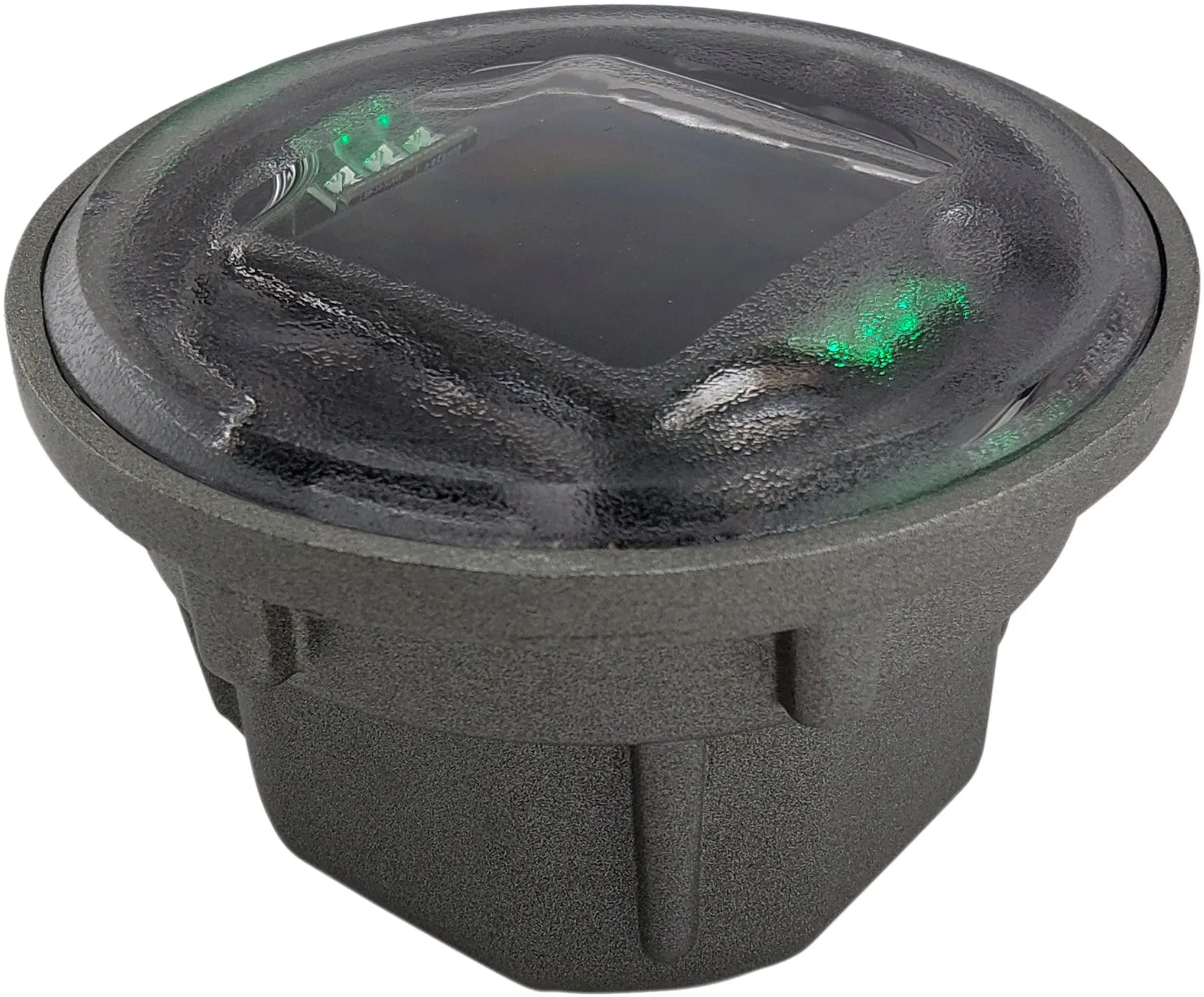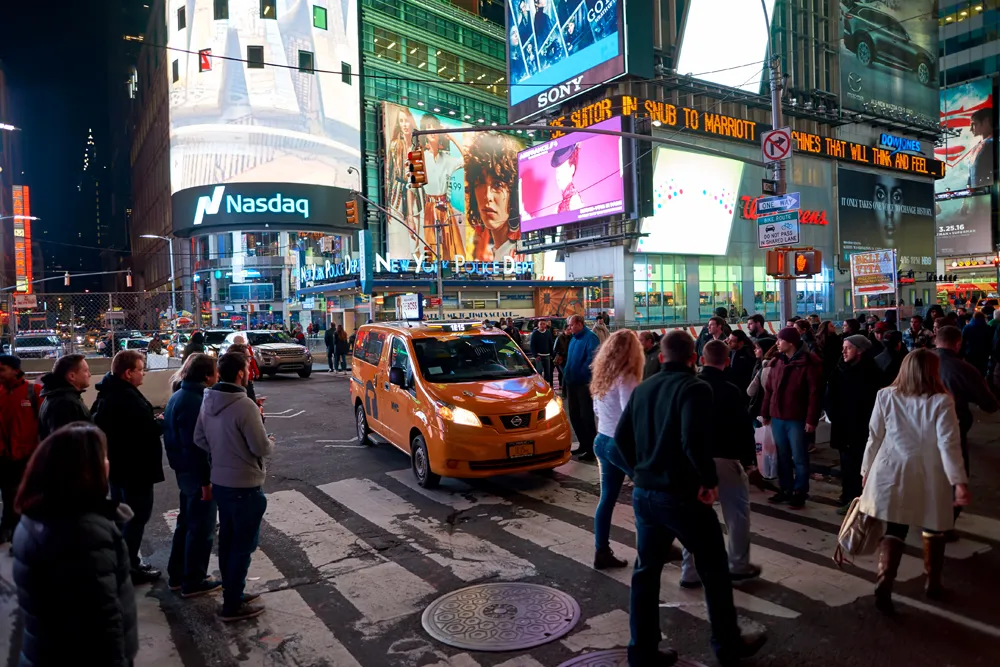Road traffic accidents have an enormous impact on society in terms of human loss, pain and suffering and a significant cost to the economy, the individual and their families. Accident rates on South Africa's roads are among the highest in the world and cost the country in the region of $163 million each year. The former head of the Department of Transport (DoT), Dr Kwazi Mbanjwa, described the situation as "carnage on our roads", with over 500,000 accidents and 10,000 fatalities per annum and the number of
July 30, 2012
Read time: 4 mins

Road traffic accidents have an enormous impact on society in terms of human loss, pain and suffering and a significant cost to the economy, the individual and their families.
Accident rates on South Africa's roads are among the highest in the world and cost the country in the region of $163 million each year. The former head of the Department of Transport (DoT), Dr Kwazi Mbanjwa, described the situation as "carnage on our roads", with over 500,000 accidents and 10,000 fatalities per annum and the number of accidents constantly rising.
Road safety specialists DPS Finance Consultants, distributors of the1875 Astucia SolarLite road stud have led the way in reducing the growth of accidents, implementing a number of measures designed to have an impact on the Killed and Seriously Injured (KSI) rate.
The Astucia SolarLite studs deployed increase visibility for the driver by up to 900m, 10 times greater than that of traditional retro-reflective studs. Using an integral Light Emitting Diode (LED) light source, the studs automatically illuminate when the ambient light fades, significantly increasing the visibility of the road ahead. At
100km/h (62mph) a visible distance of 90m represents a reaction time of just 3.2 seconds, which is not enough time to properly judge certain road hazards such as the radius of a bend. With the increased visibility of the solar-powered road studs, reaction time is increased to over 30 seconds, providing drivers with vital additional time to react to the situation. The studs require only a few hours of daylight to give their batteries up to 10 days' supply of energy.
The studs also provide a cost-effective and straightforward alternative to street lighting in these circumstances. Street lighting incurs significant installation costs and infrastructure requirements as well as ongoing energy costs from a permanent power supply, whereas the use of a solar-powered product provides a self-contained, maintenance-free option.
Logan Maistry of the Kwazulu-Natal DoT comments, "Some of the benefits of the intelligent road stud include improved road delineation which is particularly effective in poor weather conditions. They also increase driver visibility and awareness to hazards such as sharp bends, stationery vehicles or lane changes."
Driving forward the political commitment to the introduction of ITS technologies like these intelligent road studs, are a number of factors, including South Africa's position as having the fourth highest rate of road deaths on the continent. But another major factor is the expected influx of visitors to the country when South Africa hosts the football World Cup next year. Various initiatives by the DoT had, said Dr Mbanjwa, failed to address the situation on the roads. The latest initiative, using advanced technology, has proved effective in improving road safety and resulted in a dramatic reduction in accidents and casualties.
DPS has installed over 55,000 studs on roads in KwaZulu Natal since the initial installation in 2005. With an average of a 70 per cent reduction in accidents these installations are helping to make the province one of the leading governments in casualty reduction in South Africa, with the current Road Traffic Expectorate confirming the continued reduction in accidents on roads using Astucia SolarLite studs. Installations have also taken place in Nigeria where similar benefits are being seen from the technology.
Accident rates on South Africa's roads are among the highest in the world and cost the country in the region of $163 million each year. The former head of the Department of Transport (DoT), Dr Kwazi Mbanjwa, described the situation as "carnage on our roads", with over 500,000 accidents and 10,000 fatalities per annum and the number of accidents constantly rising.
Road safety specialists DPS Finance Consultants, distributors of the
Project:
Deployment of solar-powered LED road studs in Kwazulu Natal, South Africa
Cost:
Astucia SolarLite road studs US$600,000
ROI:
$20.2 million (35:1) through 70% reduction in accidents, fatalities and serious injuries ($1.63 million year 1 + $2.45 million years 2 - 8 (studs have an average life of 8-10 years)
Benefits:
70% reduction in accidents, death and serious injury
Major savings over alternative - installation, maintenance and energy costs of street lighting
Increase in visibility for drivers on dangerous routes
Green solution
Notorious
Working with The Provincial Government of Kwazulu-Natal (KZN), centred in Pietermaritsburg, DPS has targeted the number of high-profile 'red-spots' in the province. These unlit roads are notorious for road accidents due to sharp bends, with some on steep passes. All these factors contribute to poor visibility, which has been cited as a primary contributory factor in accidents, 65 per cent of which occur at night.The Astucia SolarLite studs deployed increase visibility for the driver by up to 900m, 10 times greater than that of traditional retro-reflective studs. Using an integral Light Emitting Diode (LED) light source, the studs automatically illuminate when the ambient light fades, significantly increasing the visibility of the road ahead. At
100km/h (62mph) a visible distance of 90m represents a reaction time of just 3.2 seconds, which is not enough time to properly judge certain road hazards such as the radius of a bend. With the increased visibility of the solar-powered road studs, reaction time is increased to over 30 seconds, providing drivers with vital additional time to react to the situation. The studs require only a few hours of daylight to give their batteries up to 10 days' supply of energy.
The studs also provide a cost-effective and straightforward alternative to street lighting in these circumstances. Street lighting incurs significant installation costs and infrastructure requirements as well as ongoing energy costs from a permanent power supply, whereas the use of a solar-powered product provides a self-contained, maintenance-free option.
Benefits
The initial installation on R66 from Ulundi and Melmoth saw a dramatic decrease in accidents. Announcing the results of a major two-year pilot project on one of the country's most notorious routes, Dr Mbanjwa said that the introduction of SolarLite road studs had reduced the number of serious accidents and road deaths in the 12 months since the original installation: "88 serious accidents that claimed 27 lives and 15 less serious accidents happened on that stretch in the seven months before the new studs were installed. Since their installation, there have been no accidents reported on that stretch of road. The 103 accidents cost us US$3.3 million while the studs cost $600,000."Logan Maistry of the Kwazulu-Natal DoT comments, "Some of the benefits of the intelligent road stud include improved road delineation which is particularly effective in poor weather conditions. They also increase driver visibility and awareness to hazards such as sharp bends, stationery vehicles or lane changes."
Driving forward the political commitment to the introduction of ITS technologies like these intelligent road studs, are a number of factors, including South Africa's position as having the fourth highest rate of road deaths on the continent. But another major factor is the expected influx of visitors to the country when South Africa hosts the football World Cup next year. Various initiatives by the DoT had, said Dr Mbanjwa, failed to address the situation on the roads. The latest initiative, using advanced technology, has proved effective in improving road safety and resulted in a dramatic reduction in accidents and casualties.
DPS has installed over 55,000 studs on roads in KwaZulu Natal since the initial installation in 2005. With an average of a 70 per cent reduction in accidents these installations are helping to make the province one of the leading governments in casualty reduction in South Africa, with the current Road Traffic Expectorate confirming the continued reduction in accidents on roads using Astucia SolarLite studs. Installations have also taken place in Nigeria where similar benefits are being seen from the technology.








